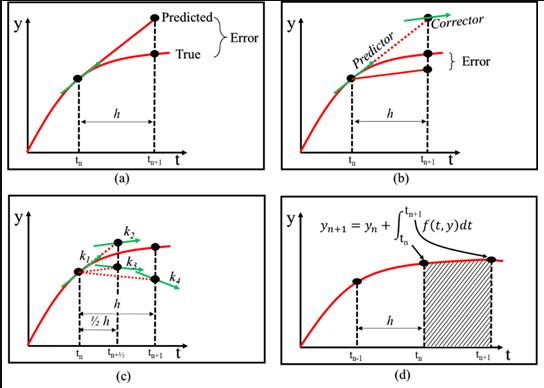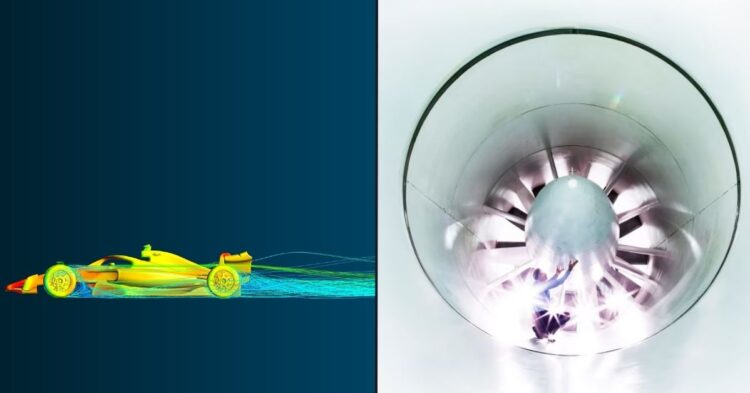The Finite Difference Method (FDM) is an Eulerian method that involves approximating the derivative of a function using finite differences. It relies on a previously defined spatial discrete mesh of nodes. The starting point is the Newton-Raphson method, where the derivative of the function at a point equals the slope of the tangent line to the function (curve) at that point.
(more…)Category: Definitions
What Does Discretization Mean?
For the basic equations of fluid mechanics (Navier-Stokes equations or mass, – momentum and energy conservation equations) no analytical solutions are known, except for special cases like the plane plate. An analytical solution would be, for example, an equation for the density ρ as a function of the other quantities u, v, w, e.
(more…)The Right Hardware and Software to Speed Up Simulations
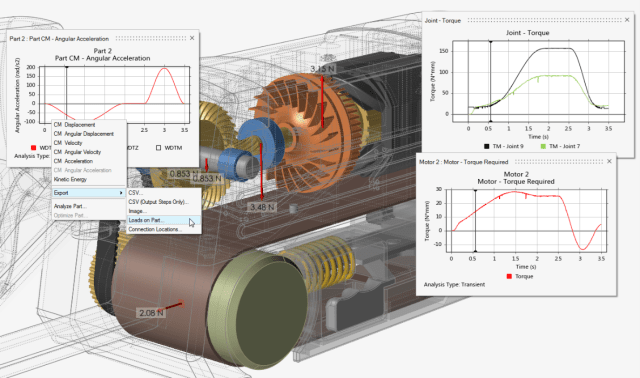
The best product development stories in history were a game of trial and error. To paraphrase Thomas Edison, he didn’t fail to make a lightbulb; along his product development journey he found a bunch of ways not to make a lightbulb. The problem with this approach is that it is time consuming, expensive and clunky to produce prototype after prototype before achieving one that works—let alone one that is optimized. Fast forwarding to modern times, simulation-driven design has become a necessity for design teams looking to produce the best version of their products on the market.
(more…)What Are Wind Tunnel and CFD in Formula 1?
Wind Tunnel and CFD play a very important role in Formula One as they are crucial for the Aerodynamics of the car. But what are Wind Tunnel and CFD and how do they work? Let’s take this step by step. Aerodynamics plays a very important role in modern Formula One. We are no longer in an era where the pace of the car depends solely on the engine.
(more…)How accurate are CFD simulation results?
Having accurate Computational Fluid Dynamics results will inspire confidence in the decision-making process, so what does it take to ensure this? The Jimmy Lea team explains.
(more…)Multiphase flow
Multiphase flow may consist of gas–liquid, gas–solid, liquid–liquid, liquid–solid or gas– liquid–solid systems. For a multiphase system containing very small particles, bubbles or drops that follow the continuous phase closely, reasonable simulation results can be obtained. Systems in which the dispersed phase has a large effect on the continuous phase are more difficult to simulate accurately, and only crude models are available for multiphase systems with a high load of the dispersed phase. (more…)
Single-phase flow
In single-phase laminar flow we can obtain very accurate solutions and in turbulent flow we can in most cases obtain satisfactory flow simulations. The main problem is usually simulation of the mixing of reactants for fast reactions in laminar or turbulent flow. (more…)
Turbulent flow
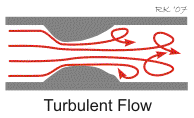 The Navier–Stokes equations describe turbulent flows, but, due to the properties of the flow, it is seldom possible to solve the equations for real engineering applications even with supercomputers. In a stirred-tank reactor the lifetime and size of the smallest turbulent eddies, the Kolmogorov scales, are about 5 ms and 50 µm, respectively. (more…)
The Navier–Stokes equations describe turbulent flows, but, due to the properties of the flow, it is seldom possible to solve the equations for real engineering applications even with supercomputers. In a stirred-tank reactor the lifetime and size of the smallest turbulent eddies, the Kolmogorov scales, are about 5 ms and 50 µm, respectively. (more…)
Laminar flow
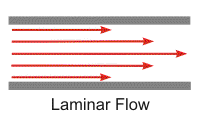 In laminar flow the Navier–Stokes equations describe the momentum transport of flow that is dominated by viscous forces. It is possible with CFD to obtain very accurate flow simulations for single-phase systems, provided that the flow is always laminar. The transitions between laminar and turbulent flow, both from turbulent to laminar and from laminar to turbulent, are difficult to simulate accurately. (more…)
In laminar flow the Navier–Stokes equations describe the momentum transport of flow that is dominated by viscous forces. It is possible with CFD to obtain very accurate flow simulations for single-phase systems, provided that the flow is always laminar. The transitions between laminar and turbulent flow, both from turbulent to laminar and from laminar to turbulent, are difficult to simulate accurately. (more…)
What is CFD?
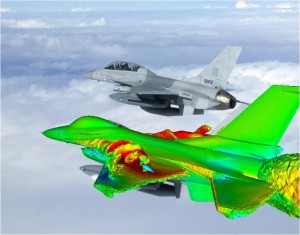 Computational fluid dynamics (CFD) is concerned with numerical solution of differential equations governing transport of mass, momentum, and energy in moving fluids.CFD activity emerged and gained prominence with availability of computers in the early 1960s. Today, CFD finds extensive usage in basic and applied research, in design of engineering equipment, and in calculation of environmental and geophysical phenomena. (more…)
Computational fluid dynamics (CFD) is concerned with numerical solution of differential equations governing transport of mass, momentum, and energy in moving fluids.CFD activity emerged and gained prominence with availability of computers in the early 1960s. Today, CFD finds extensive usage in basic and applied research, in design of engineering equipment, and in calculation of environmental and geophysical phenomena. (more…)


